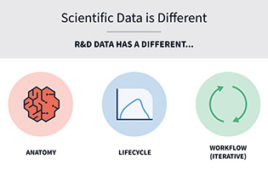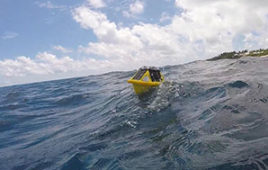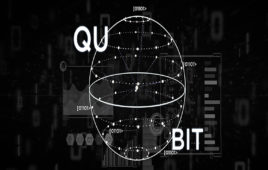Cockroaches Inspire Robotic Running Machines
 |
| The research methodology John Schmitt and his collaborators use is an iterative process that utilizes animal experiments and reduced-order locomotion models to inform robotic design. The models aid the development and testing of high-level control strategies that can produce robust and efficient locomotion. Comparison of the animal dynamics to both the reduced-order model and robotic dynamics can test our understanding of the underlying principles that animals employ to achieve their remarkable locomotion performance. Courtesy of Robert Full, University of California, Berkeley, and Jonathan Clark, Florida State University |
When John Schmitt looks at a fleeing cockroach, he doesn’t see disease or dirt. He sees the perfect running machine. “I take my inspiration wherever I can get it,” he said.
Schmitt, an assistant professor in Oregon State University’s school of mechanical, industrial and manufacturing engineering, is trying to develop legged robots that can easily run over the roughest surfaces. He wants to create a robot that can run as easily as cockroaches and guinea hens, two creatures that seem to be able to do so without thinking, and without disruption.
Cockroaches, with their sprawled postures and splayed legs, slow only about 20 percent when going over blocks that are as much as three times higher than their hips.
“Their remarkable locomotion performance has more to do with how they are built, rather than how they react,” he said.
Schmitt and his colleagues have developed a computer model that allows a running robot to recover from a change in ground surface almost as skillfully as a guinea hen.
Furthermore, they are studying the interaction of energy storage and expenditure, sensor and feedback requirements, and leg angles to learn about recovery from perturbations — those events or obstacles that disturb motion, such as pot holes — so the researchers can apply them to future robot design.
The goal is to eventually design the real thing, a robot that can cover rough terrain in dangerous circumstances — such as in the military, law enforcement or in space exploration. For humans, the knowledge might help improve prosthetic devices.
“Hopefully, we could produce better prosthetic devices than the ones we now have,” Schmitt said.
At this stage of the project, Schmitt doesn’t actually work hands-on with the insects. Rather, his role is in developing computer locomotion models that use the animals as a foundation. For example, he began with the idea that guinea hens change their leg angle and leg length at touch-down to recover from drops in the terrain.
“Since the basic, vertical-plane locomotion model I am using [is] valid for a wide range of animals ranging from cockroaches to humans, I then looked to the cockroach for some ideas as to how the leg length should change during the time it touches the ground, and how the leg angle at touch-down should vary in response to a change in ground height,” he explained.
His research colleague, Robert Full at the University of California, Berkeley, works directly with the cockroaches.
“His work has focused on examining the muscle activation that occurs in cockroach legs as they run,” Schmitt said.




